Notes
David Schalliol from Chicago: From a Focus on Buildings and Landscape, Photographing People
Girls at the fireworks display in the neighborhood, 2012
For the last several years, I have used photography to explore urban communities through attention to the built environment. My overall approach has been relatively consistent over this period, although the last year and a half has brought some unexpected changes. I’m now only making sense of the shifts, among which is giving more focus to people, a change that emerged while documenting a South Side Chicago neighborhood being demolished to make way for a Norfolk Southern freight yard. [Read David’s introduction to the project in his last column.]
My traditional approach has been driven primarily by my interest in the landscape. This is in part because the built environment is a primary way we engage the world, a way that is constrained by economic, political and cultural conditions that influence how a building is designed, maintained and used. But it is also because it evolves via additions and subtractions that suit the moment, providing us with opportunities to introduce long term narratives within a single frame.
Camden, New Jersey, 2009
I’ve also been concerned about the sensitivity of representing and exploiting subjects. As a result, my guiding principle has been to concentrate on appropriately framed but typically less intimate, less invasive photos, in which the landscape is devoid of people, or where people play only a supporting element. Of course, focusing on the landscape doesn’t solve the problem. After all, we all develop attachments by inscribing places with metaphorical and literal meaning. However, at least in highly individualized societies like those in the United States, the body – and particularly the face – seems to be the most fragile, precious and guarded physical aspect of our selves. So while I ask most of my photographic subjects for consent to photograph them, I have shied away from photographing full-face portraits except for when I truly know the person.
This orientation towards photographing people has dovetailed with some of my photographic themes, including my interest in people’s relationship with, and perception of their immediate environment. With my “Watching” work, I’m interested in what the camera observes in relation to the subject’s “gaze.” Here, the people are small but critical portions of the frame, often with their backs turned to the camera as they both observe and become part of the landscape.
Watching the Lafayette Building (Detroit), 2009
Watching Cabrini-Green Demolition (Chicago), 2010
Now that I am engaged in a project about a specific neighborhood, documenting the demolition of a corner of Englewood to accommodate the major expansion of that freight yard, my photographic relationship to people is changing. While the physical neighborhood continues to be an important part of my documentation and is critical to unfolding events, I am now featuring resident of the community as the primary subjects. While I do ask some residents to participate, I don’t ask everyone. Of those I do ask, I maintain relationships with those who accept as well as those who decline. As with the “Watching” series, I don’t think this move addresses all possible issues of exploitation, but it does change the dynamic – and produces friendships in the process.
The other reason for adjusting my scale was the decision to also produce video. As with the photographic work, I could have decided to make a more abstract film that focused on the neighborhood change, but here, too, I was drawn to a clearer, personal narrative. I’ve noticed that while my video work is influenced by my photography, there is less influence in the other direction. Despite working on this project for more than a year and a half, much of my video work remains measured and fixed, but when I’m with people I am still more likely to start “recording” than “snapping” – even when outside the neighborhood.
“Take a Picture of Me” (Chicago), 2009
“Take a Picture of Us” (Milwaukee), 2010
The result is a juggling act. Because I work with the same camera for video and stills, reactions to the camera vary by situation, producing a range of responses from residents and myself.
The responses take a particular twist with impromptu portraits. Like most every photographer I know, I’m constantly being asked by people on the street to “Take a picture of me.” When in the neighborhood, most residents think of me as primarily working on the video project, so while they know that I occasionally photograph landscapes and interactions, they address the camera as a video camera. But on special occasions, they treat the camera as much as a still camera as a video camera, marking events with a photograph. I also walk that line. This is a different kind of portrait than the ones for which photographers typically aim, but I am learning to encourage them as I treat aspects of the camera work as an extension of a full, rather than instrumental relationship with those in the neighborhood.
Playing video games with family inside the neighborhood, 2012
These examples just hint at the issues I’m negotiating as I walk between formats and balance concerns about ethical engagement. Working directly with people is a welcome change, and I’m still trying to figure out how this will affect my practice in the long run. What I do know is that ethical process is directly affecting my practice. At minimum, my new relationships have yielded at least three different uses of the camera in the field: traditional documentary video, traditional documentary stills and something that’s most like using a camera for snapshots of friends.
— David Schalliol
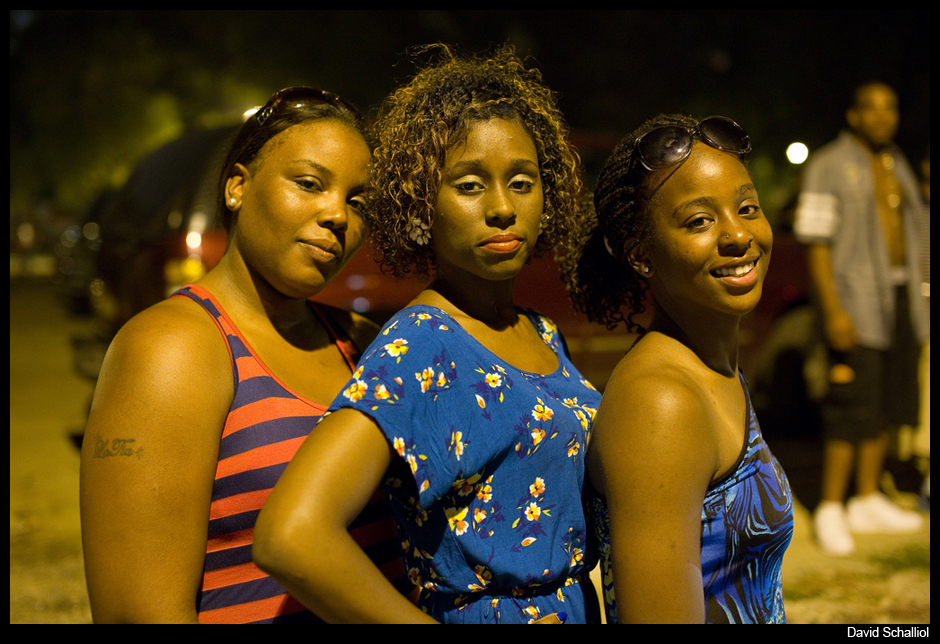
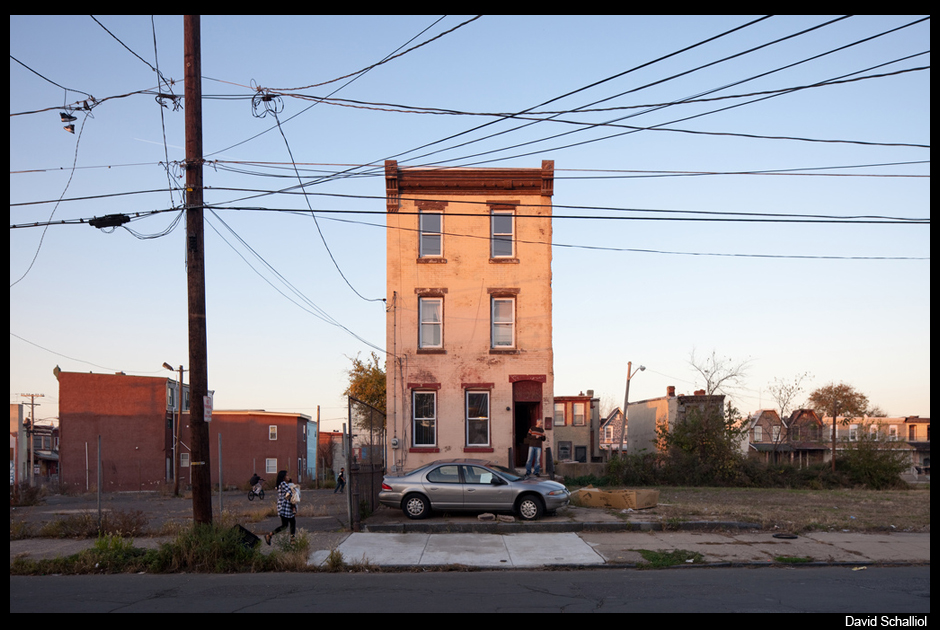
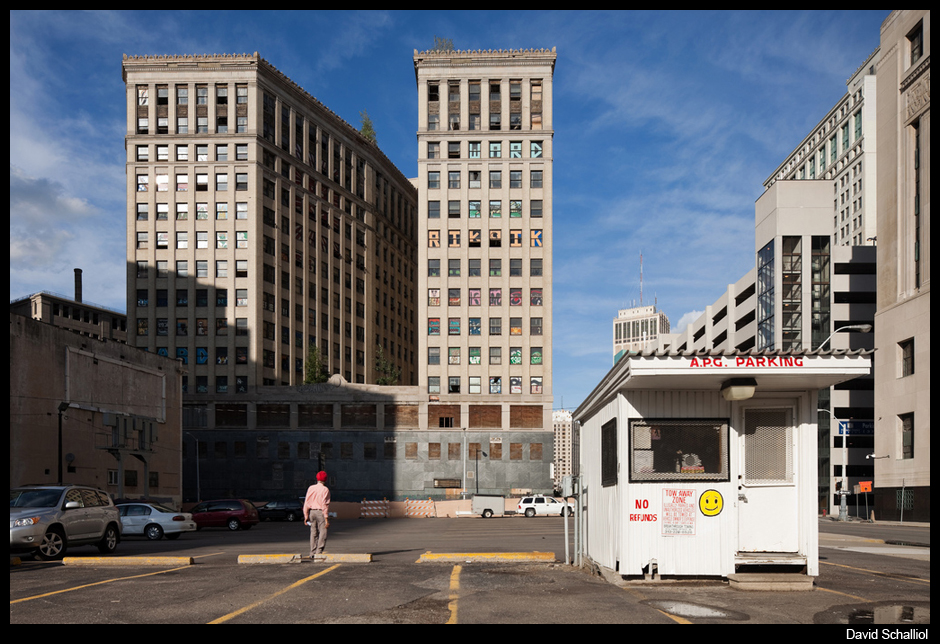
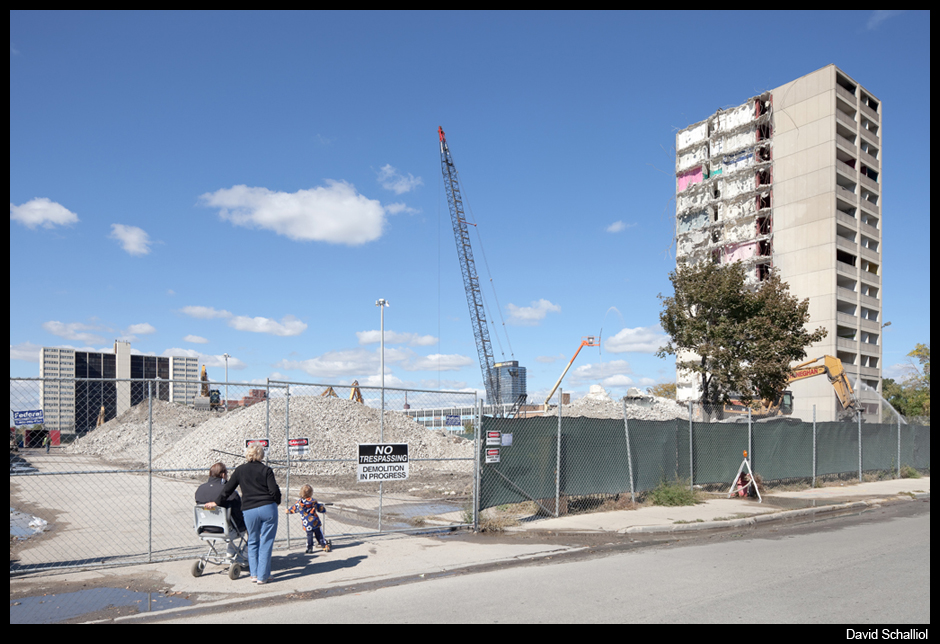
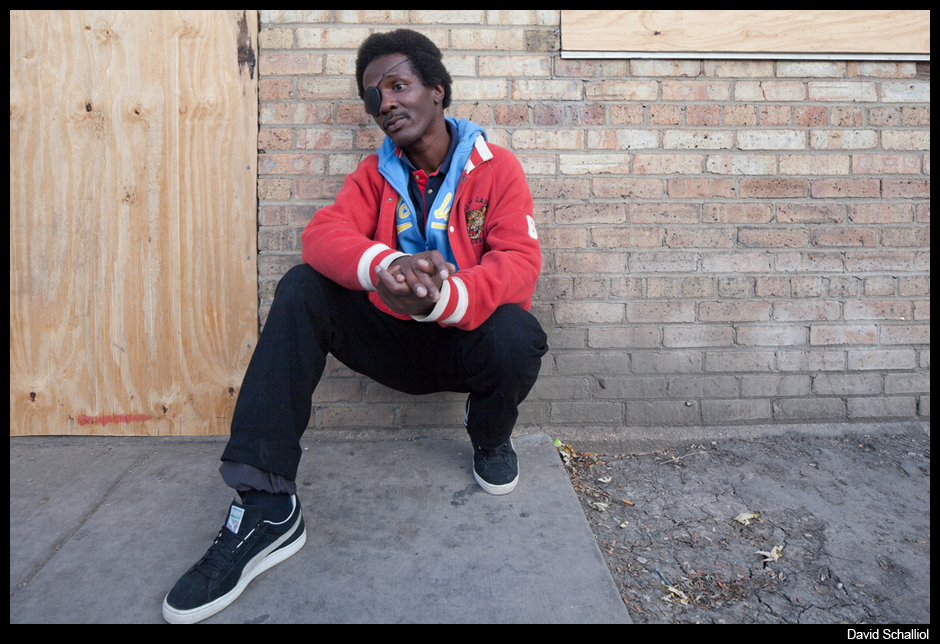
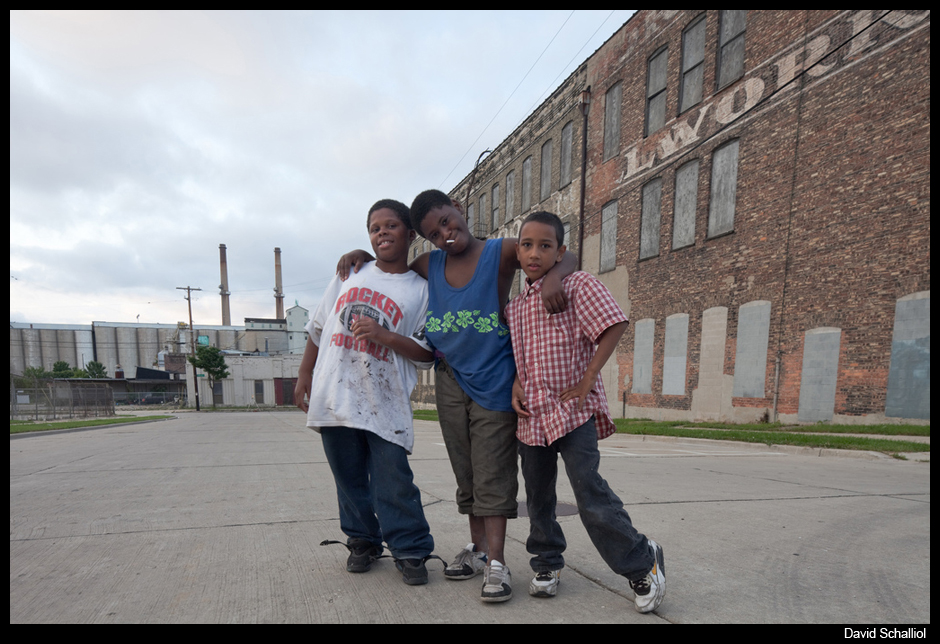
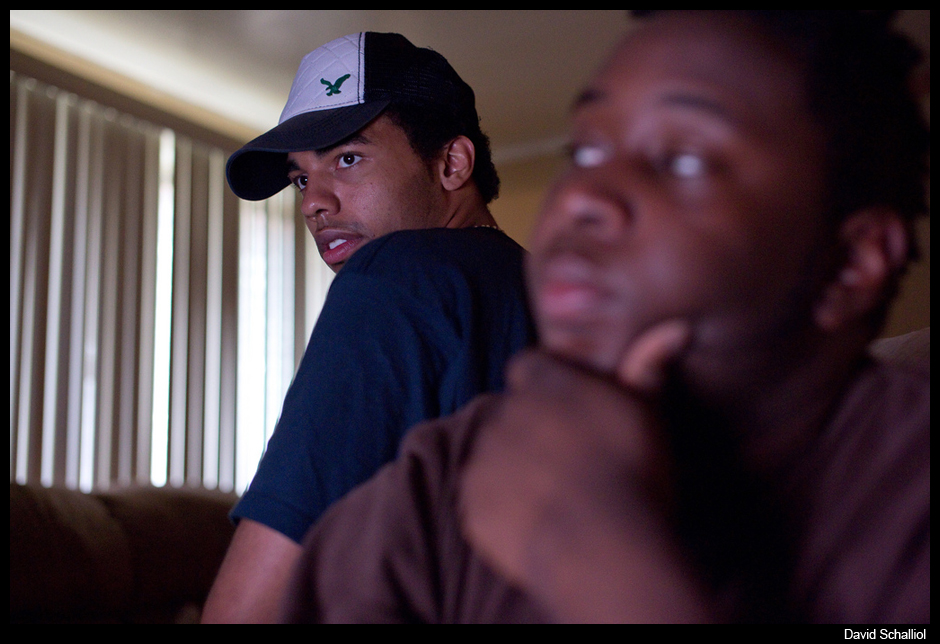
Reactions
Comments Powered by Disqus